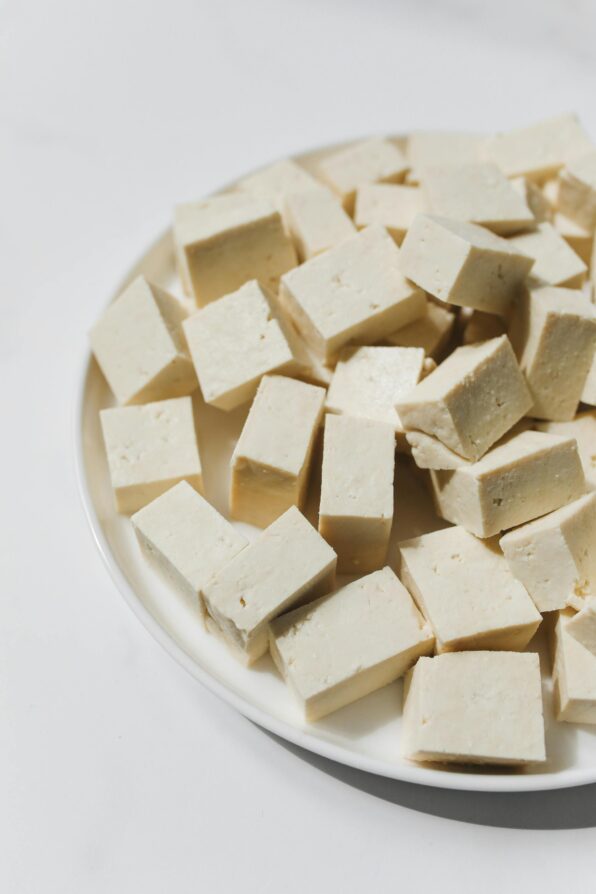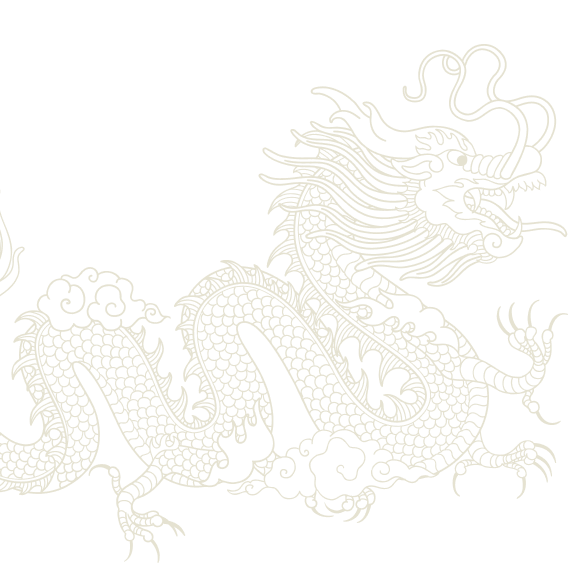How to Cook Tofu

How to Cook Tofu
Different types of tofu
The type of tofu you choose can significantly impact your cooking, as each type works better for certain methods and dishes. While variations exist depending on the region of origin, tofu is typically categorized by firmness, ranging from silken to super firm. Here’s a quick breakdown:
Silken: Sometimes labeled as “soft,” silken tofu is the least firm and has the highest moisture content as it is

not pressed making it super smooth and delicate. Its silky texture makes it prone to breaking apart — in the words of Bon Appetit, “you could eat it with a spoon” (and generally have to, as it will break under the pressure of chopsticks). It’s a key ingredient in many hot pot dishes, particularly sundubu jjigae (Korean spicy tofu stew), miso soup and even smoothies for an added protein boost.
Regular: Slightly firmer than silken, regular tofu still retains a soft texture. It works well in miso soup and stews, absorbing flavors beautifully, but lacks the structural integrity needed for frying or stir-fries.
Firm: A middle-ground tofu, firm tofu is versatile and easy to find in many supermarkets. It holds up well in pan-frying, stir-fries, and other cooking methods while maintaining a slightly tender texture.
Extra firm: Pressed to remove most of its moisture, extra firm tofu is sturdier than its softer counterparts. It’s ideal for frying, baking, and grilling. However, because of its density, it doesn’t absorb flavors as quickly, so longer marinating times are recommended.
Super firm: Lastly, the densest tofu available, super firm has a meat-like texture and is perfect for dishes requiring hearty chunks. It’s less common in Western supermarkets but excellent for grilling or stewing. Like extra firm, it requires longer marinating times to absorb flavors.
Beyond these basic categories, you may encounter specialty tofu varieties like smoked, sprouted, pre-seasoned, or pre-fried, typically derived from firm or extra-firm tofu.
How to cook tofu — and different principles for different varieties
Each type of tofu lends itself to specific techniques and recipes. As a general rule, softer tofu is more delicate and absorbs flavors quickly, while firmer tofu maintains its shape during cooking and takes longer to marinate. Here’s a guide to popular cooking methods:
Frying (Deep, Shallow or Pan)
Frying tofu creates a crispy exterior and a satisfying texture. From Japanese agedashi tofu (deep-fried silken tofu coated in cornstarch) to Chinese salt-and-pepper tofu or Thai-style fried tofu, there’s a fried tofu dish for every palate.
Fried tofu dishes offer a lot of flexibility in how they’re prepared, so there’s no single “right” way to do it. For example, one recipe might suggest deep-frying while another recommends shallow-frying, or one may call for soft tofu while another prefers firm. The good news is that tofu is a forgiving ingredient. If you don’t have the exact type of tofu or prefer a different cooking method—like shallow- or pan-frying instead of deep-frying—don’t stress. While the results might vary slightly, the dish will almost always turn out delicious!
Tip: When frying firm tofu, dry the exterior by covering it with a cloth or paper towel and pressing it for 15-30 minutes. This helps achieve a crispy exterior.
This is a great simple look at the basics for frying firm or extra-firm tofu from Hot Thai Kitchen, plus a sweet chili peanut sauce to go with. And Namiko Chen at Just One Cookbook has her recipe for agedashi tofu too.
Soups and stews
Soft tofu varieties shine in soups like sundubu jjigae and classic miso soup. Since silken tofu can easily break apart, avoid overcooking — a few minutes of simmering is usually enough. Prolonged simmering can break silken tofu apart, dilute the broth, and compromise its texture.
On the bright side, this makes tofu soups quick and easy to prepare! For firmer tofu, frying it first before adding it to soups adds texture and flavor.
Check out sundubu jjigae from My Korean Kitchen, or there are some really great video demonstrations on YouTube as well.
Stir-frying
Vegetable and noodle stir-fries are great with tofu. For the best results, use firm or extra firm tofu, as it crisps up nicely while holding its shape. Softer tofu, on the other hand, may break apart into a mushy texture.
Check out Well Plated’s stir-fried tofu with spinach and rice!
Baking or air-frying
Baking or air-frying tofu offers endless possibilities since it’s a blank canvas for seasoning. Use firmer tofu for the best results, and allow time for marinating in sauce, spices, or other ingredients. If you have an air fryer, it’s a great option for extra crispy, satisfying tofu with minimal effort.
This marinated tofu recipe at Nora Cooks actually calls for pan-frying, but it’s a good base marinade for baked or air-fried tofu too.
Chilling
Chilled tofu dishes are popular in many East Asian cuisines, though less common in North America. A great example is Japan’s hiyayakko, made with silken tofu for a flan-like texture. These dishes are perfect for hot summer days and are elevated by the seasonings and toppings that accompany them.
Here’s Just One Cookbook’s recipe.
While tofu is often seen as a meat substitute, it deserves recognition for its unique qualities. Whether you’re stir-frying, stewing, baking, or simply enjoying it chilled, tofu’s versatility knows no bounds. Explore Uwajimaya’s selection of tofu and discover the endless ways you can incorporate this 2,000-year-old ingredient into your meals.




